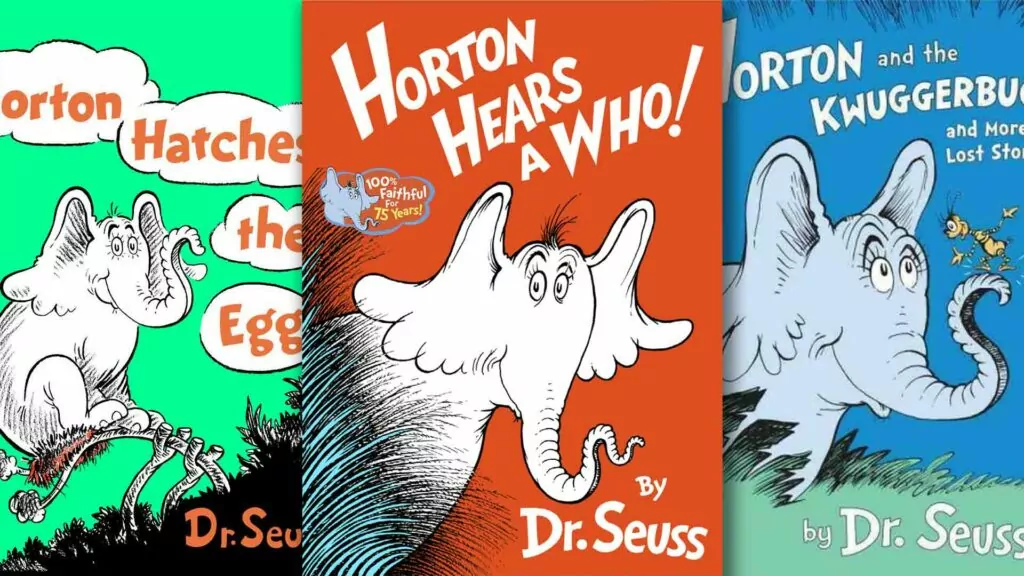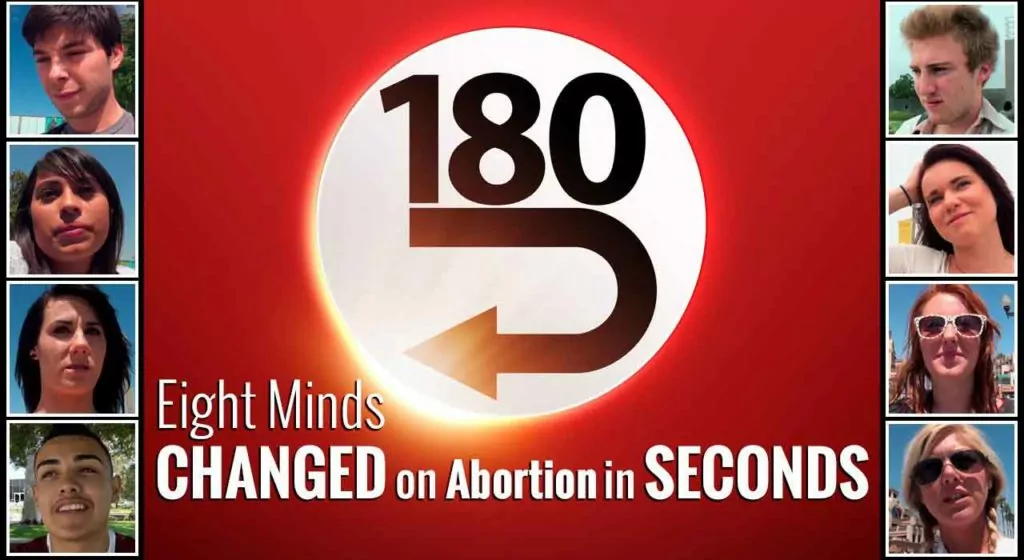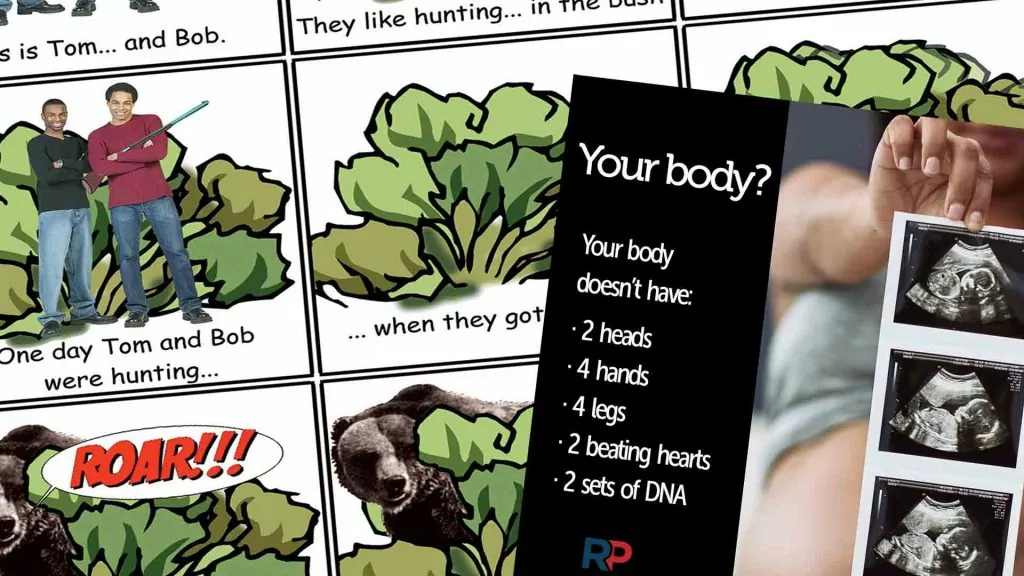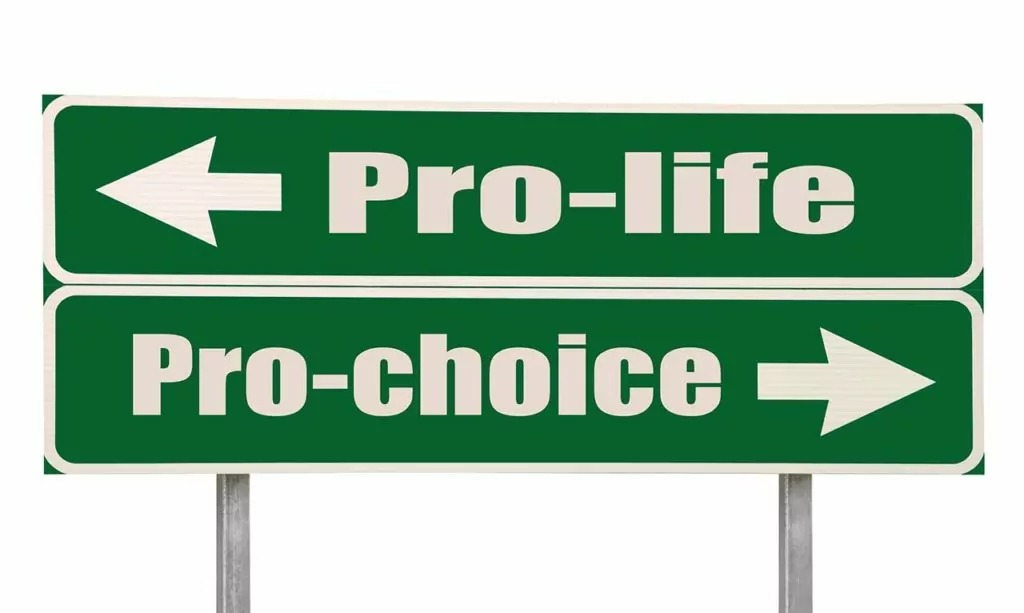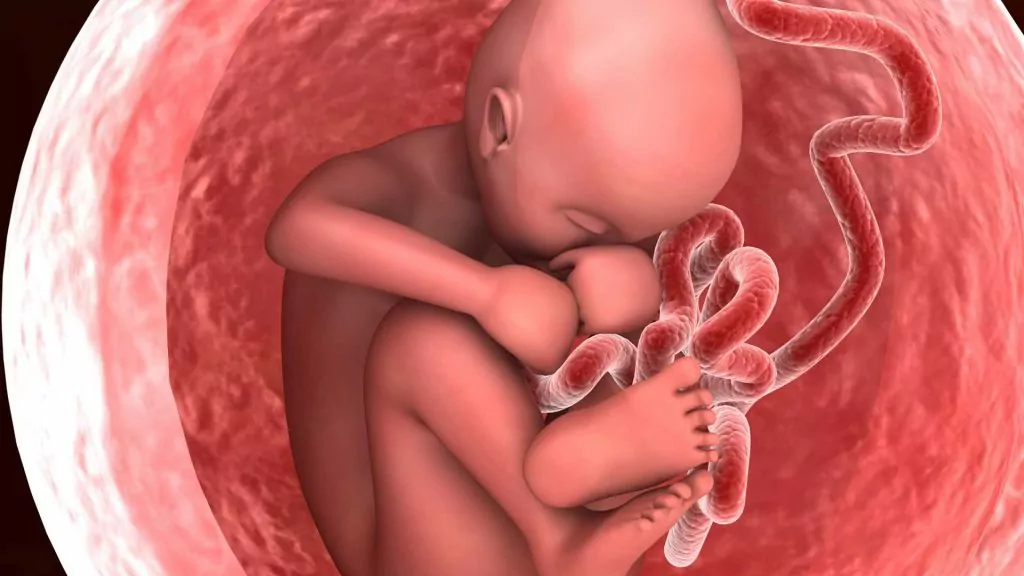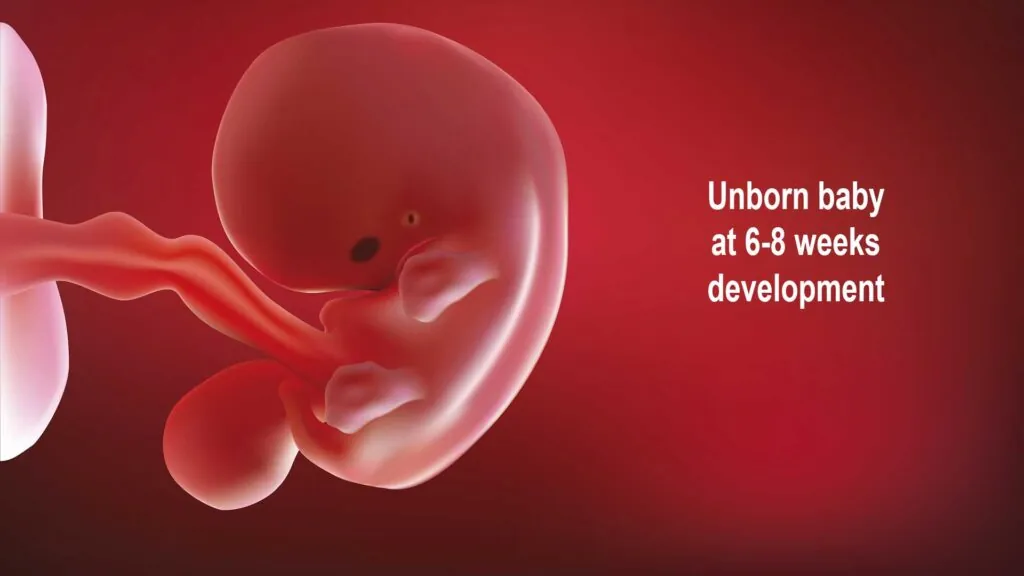
Pro-life - Abortion
Pro-life incrementalism isn't immoral...but it can be dangerous
Should Christians support a bill that would make abortion illegal after the second trimester?
Some say no, and argue that such a bill would save third-trimester babies at the expense of babies in the first and second trimester. This side sometimes calls themselves pro-life “abolitionists.” They insist this sort of bill is immoral because it would legitimize the murder of the babies it isn’t protecting.
Others, myself included, say that a bill like this is a good first step, to be followed by many more incremental steps like: a ban on sex-selective abortions, a parental notification law, an informed consent law, etc. As the article "Direction Matters" seeks to make clear, there is nothing immoral about this sort of “incremental,” step-by-step approach to ending abortion.
But an incremental approach does come with some dangers that we need to be aware of if we are going to steer clear of them.
Danger of being more clever than clear
The genius of an incremental approach is that it allows us to recruit people who would normally never be on our side.
For example, a bill that banned sex-selective abortion could see us side by side with feminists who are upset that sex-selective abortions almost exclusively target unborn baby girls. Pro-lifers working with feminists? Who would ever have thought?
The danger of this incremental approach is that when we try to recruit people who don’t share our convictions, things can get more than a little confusing. We can find ourselves being tempted to downplay, hide, or even deny our convictions to get along with our strange bedfellows.
Thirty years ago, an Alberta pro-life group called the Committee to End Tax-Funded Abortions (CEFTA) tried their own incremental approach and fell prey to this temptation. They knew that while most Albertans supported “a woman’s right to choose” more than 70% balked at having to pay for that choice. So CEFTA hammered on this financial angle, demanding an end to the tax-funding of abortion. They were trying to recruit fiscal conservatives to join with them in their effort. But then they got accused of being closet pro-lifers, just focusing on the financial as an excuse to limit abortion.
That accusation was, of course, 100% true.
But because CEFTA was trying to keep the focus on the financial, they ended up denying they had any interest in the unborn. They were even willing to concede that abortion was a private matter between a woman and her doctor, but asked. “...why are the taxpayers in the room writing the cheques?”
CEFTA didn't put an end tax-funding for abortion. The clincher might have been when someone noted that every live delivery costs many times more than a surgical abortion does, so abortion actually saves the taxpayer money. In the end all that CEFTA succeeded in doing was portraying the pro-life movement as being more about money than about the unborn… which effectively dehumanized these Image-bearers. By hiding what they knew to be true about the unborn, the CEFTA ultimately ended up undermining that truth. That’s a real danger we need to watch for.
A powerful pull
So long as we engage in various incrementalism, we're going to face the same temptation to be quiet about or even deny our convictions.
For example, do we think feminists are going to want to work with us to ban sex-selective abortions if we're upfront that our end goal is to ban all abortions? Will we be able to get a parental-notification law passed if voters know we intend this as just a first step towards making abortion entirely illegal? There is an enticing logic to staying quiet about our convictions, and that's why this is such a powerful temptation.
But we can't stay silent.
The only way we'll end abortion in Canada is if everyone understands that it is a precious unborn human being from conception onward, made in the very Image of God like the rest of us (Gen. 1:27, Gen. 9:6).
So if, for example, we support a 6-month gestational limit, then we need to be clear that life really begins at conception. If we stay silent and leave people with any other impression, then we will doing the very thing our abolitionist critics have accused us of – saving some at the expense of others. We must not protect third trimester babies by downplaying the humanity of babies in the first and second trimester.
Clever and clear
So how do we recruit unlikely allies a better way? We need to be upfront about our differences, even as we emphasize our common ground.
So if we were talking with a feminist neighbor about a sex-selective abortion ban, our side of the conversation might sound like this:
"Freda, I've finally found something we can agree on! What do you think about a girl being aborted simply because she's a girl? That should get a rise out of a feminist like you. Come join us – we're trying to get this banned!"
Or say you and your pro-choice university classmate were discussing a bill that would ban abortions after the second trimester:
“Life begins at conception, and our worth comes from being made in the very Image of God. But if you and me can't agree on that point, let me ask you this: what do you think about late-term abortions? You have to agree that it's a baby at 6 months, right? If so, then act. Come join us and save at least these children!"
Our position – our difference – is made clear. Then a pointed question – one that asks our listener to be consistent with their stated position – highlights our common ground. It can be that simple.
Conclusion
The incremental strategy will pair us with people who don't think like we do, and who deny what we know to be true. That will bring with it the temptation to stay quiet – it tempts us to downplay the very truths our culture needs to hear.
Thankfully, this is a temptation that loses a lot of its pull once we are aware of it. So let's move forward eagerly, recruiting allies wherever they can be found, while pledging always, always to advocate for all unborn children. Let's ask God to give us the wisdom to combine cleverness with clarity. Then, the Lord willing, for the first time in a quarter century, we'll start passing laws protecting unborn children! That would be brilliant indeed!
A version of this article was originally published in the March 2013 issue under the title “Being brilliant and clear: Fighting abortion incrementally isn't immoral...but it can be dangerous.”














